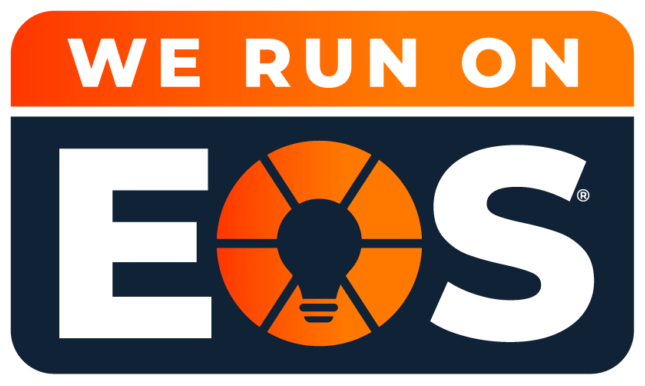How Do You Plan a Cloud Disaster Recovery Strategy?
Why a Cloud Disaster Recovery Strategy Is Essential
Businesses depend on cloud-based platforms to manage daily operations, store sensitive data, and collaborate across teams. But what happens when those systems suddenly become unavailable?
Whether it’s a cyberattack, accidental deletion, hardware failure, or a service outage from your cloud provider, the impact can be immediate and costly, especially for organizations in regulated industries.
A cloud disaster recovery (DR) strategy ensures your business can:
- Recover quickly from disruptions
- Minimize data loss
- Maintain compliance
- Protect customer trust
At Louisville Geek, we don’t just install backup software. We build and manage a complete disaster recovery strategy tailored to your business. Led by our virtual CIOs (vCIOs), here’s how we do it:
Step 1: Identify What’s Critical to Your Business
We begin with a Business Impact Analysis (BIA) to determine what systems and data are essential to your operations. This often includes:
- Email and collaboration platforms (e.g., Microsoft 365, Google Workspace)
- Line-of-business applications (e.g., EHR systems, ERP platforms)
- Customer databases and CRM systems
- Financial records and accounting software
- Legal documents and case management systems
- File shares and document repositories
We also define:
- Recovery Time Objective (RTO) – how quickly systems must be restored
- Recovery Point Objective (RPO) – how much data loss is acceptable
This helps us prioritize recovery efforts and tailor the strategy to your business needs.
Step 2: Choose the Right Cloud Backup Solution
Selecting the right backup platform depends on your environment. We typically recommend one of the following:
- Keepit – Ideal for SaaS platforms like Microsoft 365, Google Workspace, and Salesforce. Offers immutable backups, independent storage, and automated compliance reporting.
- Veeam – Best for hybrid environments, including virtual machines and on-prem infrastructure. Known for fast recovery and flexible deployment.
- Axcient – Designed for MSPs and SMBs, Axcient provides cloud-based backup, failover, and ransomware protection with simplified management.
We help you choose the solution that best fits your infrastructure, compliance needs, and recovery goals.
Step 3: Build a Customized Recovery Playbook
A good strategy needs a clear plan. We create a recovery playbook that outlines:
- Who initiates recovery
- What systems are restored first
- How data integrity is verified
This playbook is tailored to your business and updated regularly to reflect changes in your environment.
Step 4: Test the Plan—Before You Need It
We run scheduled disaster recovery simulations to:
- Validate recovery speed and accuracy
- Identify gaps or bottlenecks
- Train your team on what to expect during a real incident
Testing ensures your strategy works when it matters most.
Step 5: Align with Compliance and Security Standards
For regulated industries, compliance is critical. We ensure your disaster recovery strategy supports:
- HIPAA and other relevant regulations
- Incident response protocols
- Data governance and audit readiness
This keeps your business protected and prepared for regulatory scrutiny.
Step 6: Use AI and Automation for Smarter Recovery
Modern disaster recovery is proactive. We use AI-powered tools to:
- Detect anomalies before they escalate
- Optimize backup schedules based on usage
- Automate recovery workflows for faster response
Solutions like Keepit, Veeam, and Axcient are evolving with AI capabilities that make recovery smarter, faster, and more secure.
Ready to Protect Your Business from Disruption?
Planning a cloud disaster recovery strategy starts with understanding what’s critical, choosing the right tools, and building a plan that’s tested, compliant, and scalable.
At Louisville Geek, we handle the entire process—from strategic planning and solution selection to implementation and ongoing management. Whether your business needs Keepit for SaaS protection, Veeam for hybrid environments, or Axcient for business continuity, we’ll help you build a recovery strategy that fits your goals and regulatory requirements.
Contact Louisville Geek to explore cloud backup solutions like Keepit, Veeam, and Axcient, tailored to your business needs and compliance requirements. Our team will guide you through every step, from planning to implementation.




